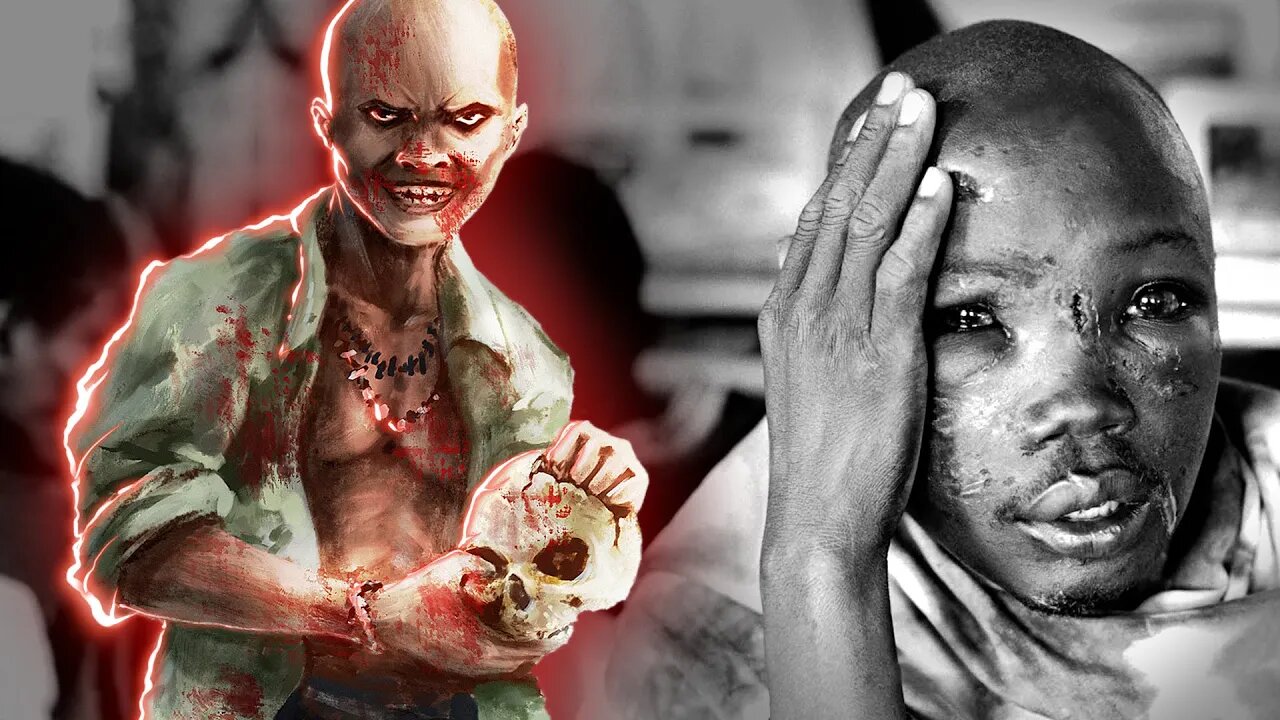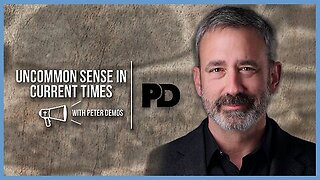Premium Only Content

This Genocide Was Too Evil To Comprehend (Warning* Mature Audiences Only)
From 1885-1961, Rwanda was a possession of two European countries, Germany, from 1885-1919, and Belgium, from 1919 to 1961. The same held true in neighboring Burundi, which was also populated by Hutu and Tutsi peoples. During this period, European ideas about ethnicity and racial superiority permeated much of Africa. To many Europeans, there was no doubt, white Europeans were superior to black Africans. BUT, people are people, no matter what their color, and it doesn't take much for one group of people to hate another, even if they look very similar to each other.
There is a long complicated history of tribal relations and tribal warfare in Rwanda, and the area around it. To the north, Uganda has had issues between different ethnic groups, and to the south, in Burundi, ethnic tensions got so high in 1972 and 1993 that hundreds of thousands of people were killed. In Burundi and Rwanda, the two dominant ethnic groups are the Hutu and the Tutsi. Caught between them in Rwanda are the Twa, a pygmy tribe who likely are the areas indigenous people.
The Tutsi and Hutu moved into the region hundreds of years ago, and by the 16th century, had established a variety of different kingdoms in the area. From the 16th to the 19th century there were times of ethnic violence between the two groups. Though the level and frequency of this ethnic violence decreased when Europeans took over, tensions often ran high and violence did occur.
There were many reasons for the tensions between Hutu and Tutsi. One of them was simple. Power. Hand in hand with power is economics. And finally there are the illogical reasons that people use to set themselves apart or claim “superiority” over another around the world – appearance, education (or the lack of it), or just plain differences that the two groups simply don't understand, care to understand or willfully put down.
When the Germans, and later Belgians moved in, they largely controlled the ethnic violence in the area, mostly out of concern that large-scale violence would interfere with the economy of the area, which both nations profited from. Unfortunately, a by-product of European control were European ideas about race and ethnicity
#rwanda #history #rwandagenocide
Scriptwriter: Matthew Gaskill
Video Editor & Motion Graphics: Merakie Media
Voice-over Artist: Lain Heringman
Music: Motionarray.com
Bibliography
"The Burundi Killings of 1972." Last modified June 27, 2008. https://www.sciencespo.fr/mass-violence-war-massacre-resistance/en/document/burundi-killings-1972.html.
History.com Editors. "Rwandan Genocide." HISTORY. Last modified October 14, 2009. https://www.history.com/topics/africa/rwandan-genocide.
"Just a Moment..." Taylor & Francis Online: Peer-reviewed Journals. Accessed April 30, 2023. https://www.tandfonline.com/doi/pdf/10.1080/11287462.2000.10800754.
McCoy, Jason. "Making violence ordinary: radio, music and the Rwandan genocide." African Music : Journal of the International Library of African Music 8, no. 3 (2009), 85-96. doi:10.21504/amj.v8i3.1829.
"The Rwanda "Genocide Fax": What We Know Now." The National Security Archive. Accessed April 30, 2023. https://nsarchive2.gwu.edu/NSAEBB/NSAEBB452/.
Yanagizawa-Drott, David. "Propaganda and Conflict: Evidence from the Rwandan Genocide *." The Quarterly Journal of Economics 129, no. 4 (2014), 1947-1994. doi:10.1093/qje/qju020.
Copyright © 2021 A Day In History. All rights reserved.
DISCLAIMER: All materials in these videos are used for entertainment purposes and fall within the guidelines of fair use. No copyright infringement intended. If you are, or represent, the copyright owner of materials used in this video, and have an issue with the use of said material, please send an email to adayinhistory2021@gmail.com
-
 18:21
18:21
A Day In History
1 year ago $0.06 earnedExposing Africa's Part In The Slave Trade
6221 -
 37:26
37:26
Glenn Greenwald
7 hours agoGlenn Takes Your Questions: On Trump's Cabinet, The G20 Summit, and More | SYSTEM UPDATE LOCALS SPECIAL
57.8K20 -
 LIVE
LIVE
We Like Shooting
13 hours agoWe Like Shooting 586 (Gun Podcast)
173 watching -
 52:14
52:14
Uncommon Sense In Current Times
8 hours ago“Pumpkin Pie Politics: Bridging the Thanksgiving Divide to Protect The Family"
2.62K -
 1:01:28
1:01:28
The StoneZONE with Roger Stone
3 hours agoWhy Jack Smith Owes Americans Millions of Dollars for Fake Investigations | The StoneZONE
24K3 -
 LIVE
LIVE
Tundra Gaming Live
8 hours ago $0.23 earnedThe Worlds Okayest War Thunder Stream
319 watching -
 2:22:30
2:22:30
WeAreChange
6 hours agoBREAKING: Biden Admin Could SEND NUKES To Ukraine?! UK & France To Send Troops? w/ Roger Stone
41.8K14 -
 1:35:49
1:35:49
The Officer Tatum
6 hours agoLIVE: Jack Smith DROPS Case, Elon Musk BREAKS MSNBC | OT Show EP 14
76.5K73 -
 45:24
45:24
Kimberly Guilfoyle
9 hours agoAmericans Cheer Trump Cabinet Picks, Live with Dr Ben Carson & Mike Davis | Ep. 177
84.7K19 -
 48:28
48:28
Roseanne Barr
6 hours ago $1.39 earnedBonus Episode!!! with Noble Gold CEO Collin Plume | The Roseanne Barr Podcast
79.5K102